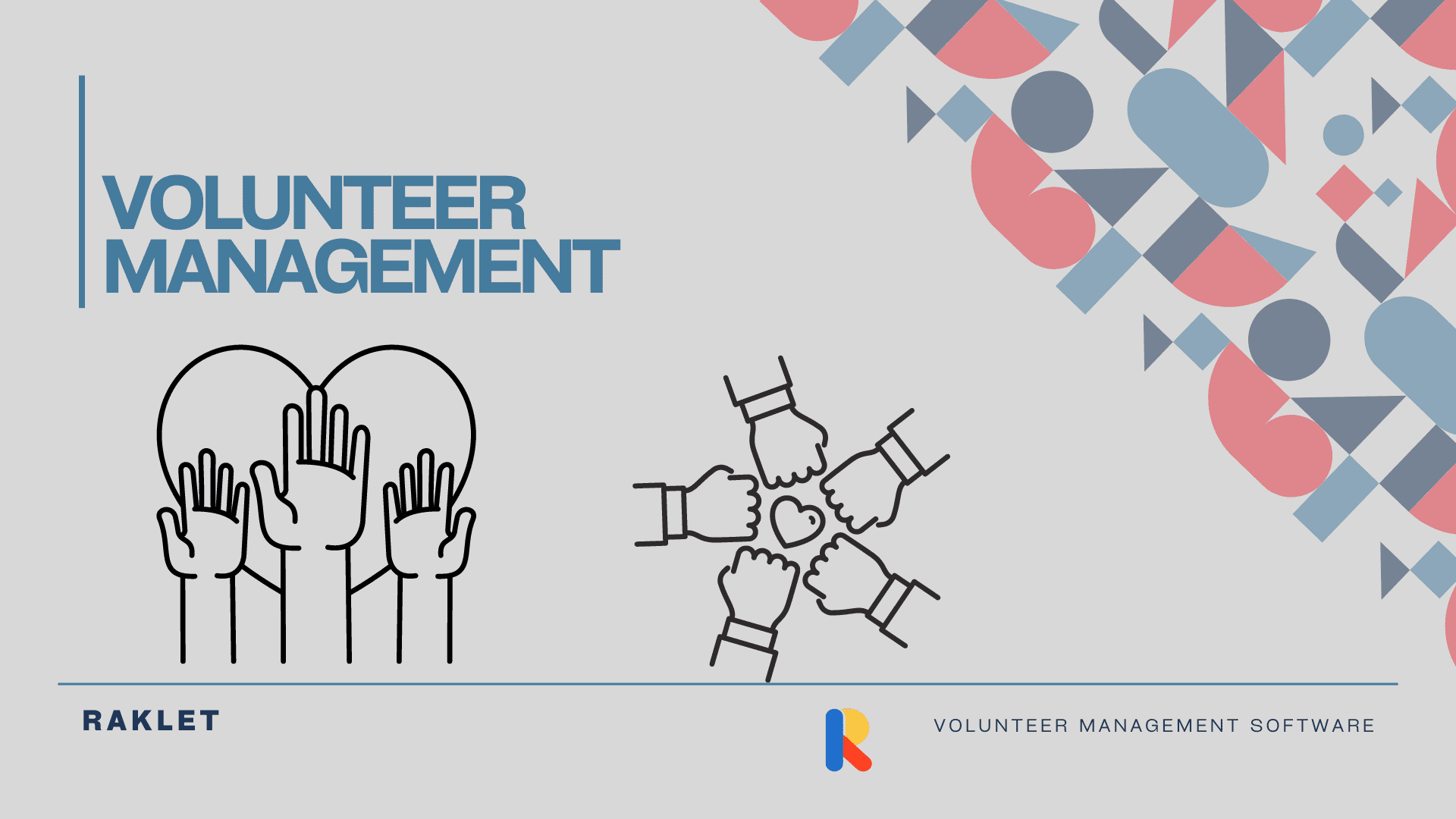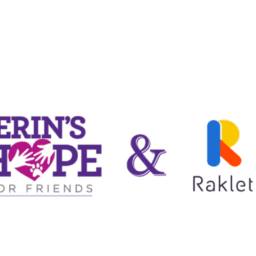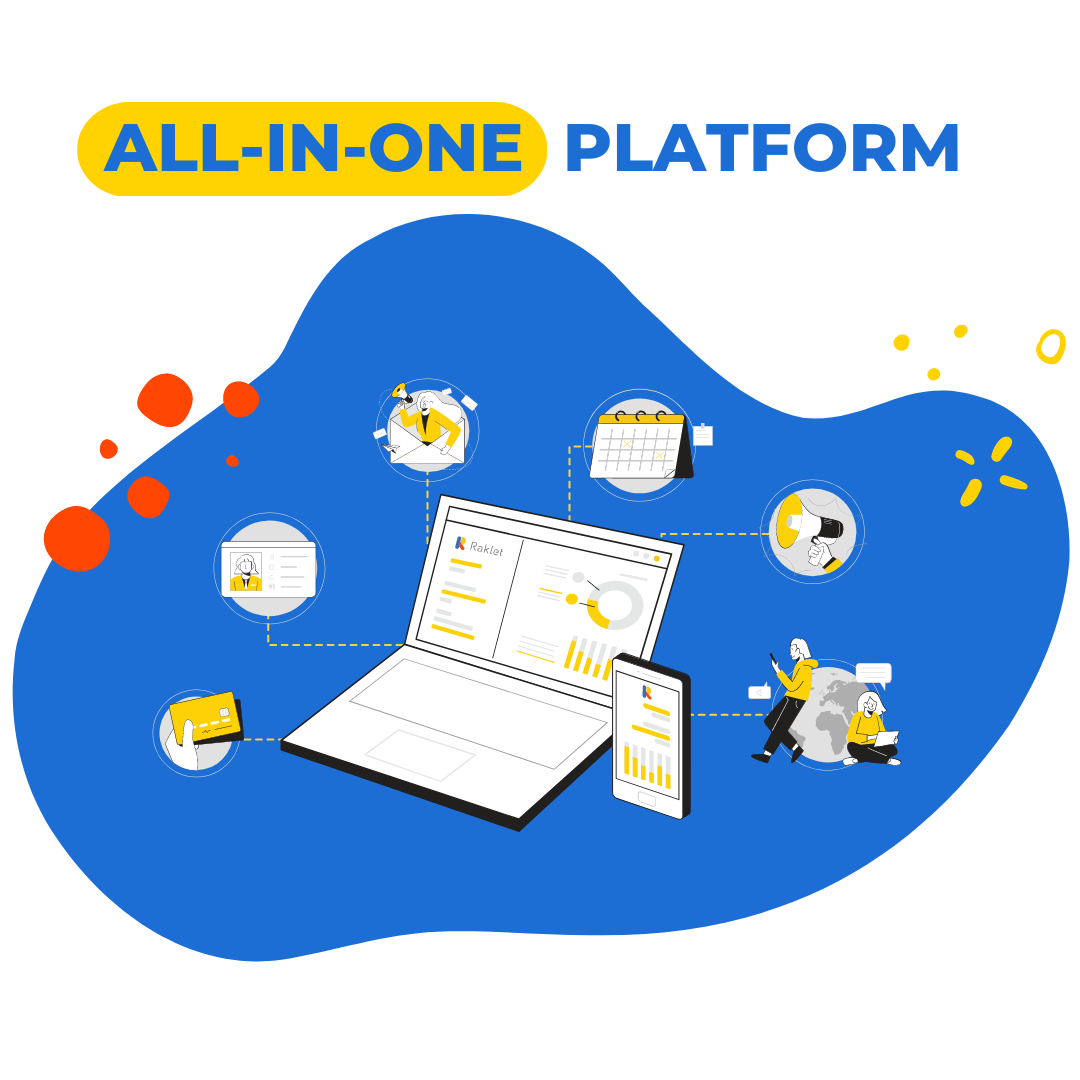More and more companies are recognizing the advantages of having (and using) a CRM. And research shows that the vast majority of companies with more than 10 staff use CRM as part of their sales process. And it’s easy to see why it is enthusiastically embraced by managers and sales teams – it works!
CRM helps salespeople do 2 things really, really well. First, they can qualify and prioritize their best opportunities. Second, they have structured follow up processes to follow so no opportunities fall through the cracks. For companies, this means higher revenues and many soft benefits like integrated communication between sales and marketing.
A study by Innoppl Technologies found that 65% of CRM users hit their sales quotas, while 78% of non-users did not. This tool increases revenue most of the time.
Given the clear benefits, you’d think that all sales teams would be heavily in favor of using one. But that isn’t always the case. While most salespeople are as enthusiastic as you’d expect, some aren’t. Some sales teams experience low rates of CRM adoption, which undermines the company’s ability to grow sales.
Fortunately, getting 100% CRM adoption is very achievable. And here are some tips to make it happen.
Define What Successful CRM Adoption is for You
100% CRM adoption is a worthy goal, but the term ‘successful adoption’ needs to be defined in a quantifiable way. Otherwise, how will you know if you’ve achieved your goal, or still have room to improve?
In other words, just telling salespeople to use a CRM won’t work. You need to have clarity about your expectations for usage. Raklet CRM can automatically record every interaction a prospect has with your organization. But many CRM doesn’t have that level of functionality. So ensuring salespeople record every interaction (both inbound and outbound) would be a good metric to measure.
Whatever you choose to observe, be sure to communicate the importance of that primary metric so your sales team knows what you are looking to see. Getting high levels of adoption in one area of CRM usage lends itself to comprehensive adoption in due course.
Establish a Defined Benefit
The two biggest obstacles to CRM adoption are well known. They are resistant to change and reluctant to do manual entry.
If salespeople are happy using a spreadsheet (or another tool) then it makes sense they’ll be reluctant to change. No one likes change, especially when they don’t see a compelling need to improve.
Similarly, a CRM will sometimes require salespeople to do more initial manual entry. And there has never been a salesperson born who liked typing in fields to put a new prospect.
The downsides for the salesperson of using a CRM are self-evident (change & manual entry). So take some time to highlight the benefits. To get salespeople excited you’ll need to establish exciting outcomes that demonstrate how the CRM will work to their advantage in terms of both sales and time.
For example, a high feature CRM like Raklet has email & SMS automation as a standard feature. When used properly, automation tools can save salespeople several hours a week by taking care of tasks they no longer have to do.
Salespeople tend to work in their own interests. So before you get started, make sure they are 100% on board first. Reluctance to change or do more work is natural. But it’s easy to overcome if they strongly believe the CRM will help them close more deals and perform better in their role.
Outsource Non-Core Activity
Consider that the salesperson’s primary concern about CRM relates to extra work. With this in mind, CRM is far more popular when it’s accompanied by a substantial decrease in total workload.
Depending on your industry, there may be significant opportunities to outsource some (or all) of your sales person’s non-specialized work. For example, salespeople can outsource hours of admin to virtual sales support. Tasks that are repetitive in nature can usually be handled by a specialist.
Salespeople should be spending the majority of their time on client-facing activities. Linking CRM usage to administrative support is a huge win for sales teams as they’ll have more time to do what they do best – sell. And they can’t gripe about manual input requirements when admin teams are helping them be more efficient in other areas.
And for the company admin support is a big win, too. They keep their highest cost employees focused on their primary function – which is closing deals, of course.
Salesperson’s Choice
Part of achieving full CRM adoption is giving salespeople the sense they are part of the selection process. After all, they’re the ones that have to use the CRM the most, so it makes sense they should have the loudest voice when choosing what CRM to use.
Start by reviewing the salesperson’s day-to-day activities and try to understand what they are doing at a granular level. Your choice of CRM should support what they are already doing, rather than expecting them to adopt new behaviors. To the extent possible you want to keep everything ‘business as usual’. This will make the transition to CRM as seamless as possible.

Explore ways the new CRM can make their work easier. For example, they can use the mobile app to verbally narrate the important points from a meeting while they are on their way to their next appointment. This will help them capture information early, while it’s fresh. And enable them to use the gaps in their schedule more efficiently.
The more involved the end-user is in the early discussion process, the more ‘ownership’ they’ll feel about the selection. They’ll find themselves using it because it was the one that they chose for themselves.
Sales Training CRM Integrations
One way to ensure full compliance with is to integrate CRM usage into sales training.
As part of your internal sales training, explore “real-life” sales scenarios that offer learning opportunities. Require salespeople to use their CRM to answer your questions. And in doing so you’ll very quickly learn who has adopted, and who has room for improvement.
The more you integrate your CRM with your regular sales training, the more need your team will see the need for doing it right. For example, asking someone to forecast their sales for the month is easy if their data is up to date. It’s far more difficult when the required information hasn’t been saved properly.
It’s a bit uncomfortable at first and puts salespeople on the spot. But as a learning experience everyone benefits. Underperformers will realize their CRM activity needs to improve. And higher-level adopters will continue to work hard, knowing their work could be queried in public at any time.
Full CRM Adoption
Achieving 100% CRM adoption happens both in the planning stage, and after onboarding has begun.

Generally speaking, the more advanced planning you do, the better the adoption rates you’ll experience. The planning-stage activity includes asking sales reps to actively participate in the CRM selection. The more they are part of the onboarding process, the more ‘ownership’ they’ll feel towards it. And usage rates will increase accordingly.
When CRM usage goes live, encourage adoption by removing excuses not to use the tool. This could be in the form of admin support. And do your best to integrate the tool into other areas of the company.

![How To Get 100% CRM Adoption [Increase Your CRM Adoption Rates]](https://www.raklet.com/wp-content/uploads/2020/08/How-To-Get-100-CRM-Adoption-1024x576.jpg)





